DinoFest 2022: Dinosaurs in Living Color
Have you ever wondered how scientists know what color dinosaurs were? Whether they were scaly or fluffy? At NHMU's sixth-annual DinoFest, we explored these very questions and more with a lineup of world-class paleontologists who helped us explore all the colorful details of what dinosaurs and their world looked like!
Guest paleontologists presented groundbreaking keynote and DinoBite talks and interacted with attendees both in person and online. DinoFest guests enjoyed special access to the Paleo Prep Lab and Paleontology Collections to get up close with incredible fossils, and community partners filled the Museum's Canyon to highlight the region's many dinosaur research and educational communities.
2022's theme was inspired by the current special exhibition, The Nature of Color, which opened to the public February 26, 2022.
Can't get enough DinoFest? Explore past years' themes and speakers here.
Keynotes
Dr. Mark Loewen

Dinosaurs in the flesh
Mark is a vertebrate paleontologist at the Natural History Museum of Utah and Department of Geology & Geophysics, University of Utah. He specializes in research on Jurassic and Cretaceous dinosaurs with an emphasis on the evolution and biogeography of meat eating, armored, and horned dinosaurs.
Dr. Carole Gee
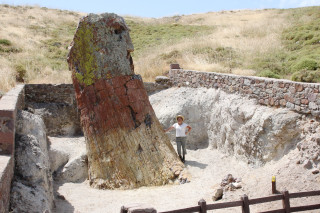
Color my world: ancient plants in living color
Carole is a paleobotanist and associate professor of paleontology at the University of Bonn in Germany. Her current research focuses on Jurassic plants such as fossil cones, wood, and leaves from the dinosaur-rich Morrison Formation.
DinoBites!
Don't miss these ten snack-sized paleontology presentations that will each pack a lot of information into just 20-minute videos!
Dr. Maria McNamara
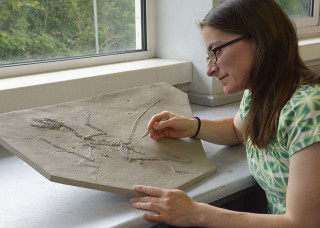
Fossil color: the study of the original coloration of ancient organisms
Maria is Professor of Palaeontology in the School of Biological, Earth and Environmental Sciences at University College Cork, Ireland. She researches soft tissue preservation in fossils, especially on fossil color and feather evolution by using powerful lasers, beams of light and X-rays to uncover the chemistry and tiny details of cells and tissues in fossils.
Dr. Zhe-Xi Luo
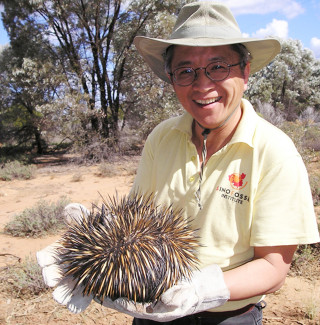
Furs, spines, and scales: fossil evidence for the earliest evolution of mammalian skin structure in the Mesozoic
Luo is a paleontologist and Professor of Organismal Biology and Anatomy at the University of Chicago. He seeks to better understand the origins of mammals by studying mammal fossils of the Mesozoic – the Age of Dinosaurs. In his paleontological research of early fossil mammals, Luo has worked in many parts of the United States and China.
Sarah Davis
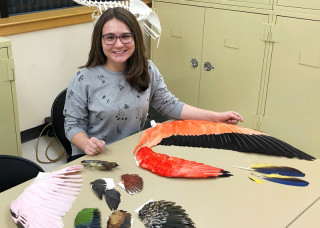
Colorful beasts: expectations of bright coloration in extinct dinosaurs
Sarah is a PhD candidate in paleontology at the University of Texas at Austin where she studies the evolution of theropod dinosaurs, including birds. Her research focusses on how living birds express bright pigments in their skin and feathers, and how this can help us better understand the potential colors of extinct dinosaurs.
Dr. Gussie Maccracken
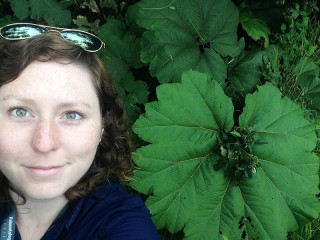
Inconspicuous herbivores: reconstructing Late Cretaceous ecosystems using plant–insect associations
Gussie is a National Science Foundation postdoctoral fellow at the Denver Museum of Nature & Science. As a paleontologist, she studies fossil plants, insects, and their ecological interactions, with a focus on the radiation of flowering plants during the Cretaceous Period and the Cretaceous-Paleogene mass extinction.
Dr. John Foster
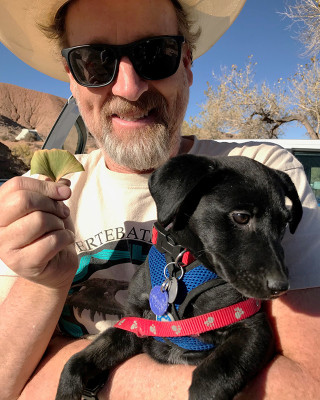
Red in claw: dinosaur trackways as keys to appearance and behavior
John is a paleontologist and curator at the Utah Field House of Natural History State Park Museum in Vernal. He has been wrestling with the vertebrate paleoecology of the Morrison Formation for about 30 years, and one angle of that research has involved the fossil footprint record of this famous Late Jurassic formation.
Dr. Caitlin Colleary
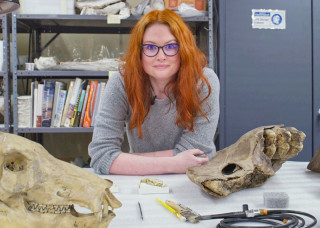
From death to discovery: the life of a fossil in the rock record
Caitlin is the Assistant Curator of Vertebrate Paleontology at the Cleveland Museum of Natural History. Her expertise is in molecular taphonomy, the study of how biomolecules (e.g., pigments and proteins) are altered and preserved in the fossil record, and her research focuses on molecular breakdown during early stages of decay and molecular preservation in common fossils such as bones and teeth.
Dr. L.J. Krumenacker
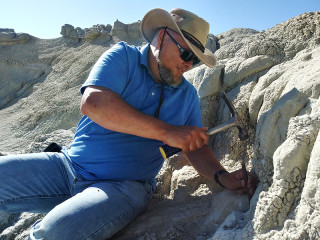
The Paris biota of Idaho: far from France but close to death
L.J. is an Affiliate Curator and Researcher at the Idaho Museum of Natural History, Adjunct Professor at Idaho State University and College of Eastern Idaho, and Life Science teacher at Mountain View Middle School in Blackfoot, Idaho. L.J. has a broad portfolio of ongoing research, including investigating the burrowing ornithischian dinosaur Oryctodromeus, other Jurassic-Cretaceous dinosaurs, Cretaceous crocodyliforms, Triassic marine fossils, the Cambrian Explosion, and Eocene birds. He is the proud father of two kids, one of which still likes dinosaurs.
Dr. Jasmina Wiemann
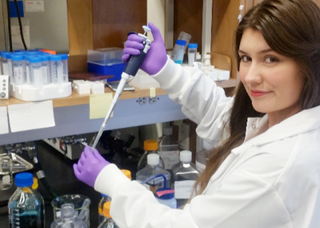
A colorful journey through the evolution of non-avian and avian dinosaur eggs
Jasmina is the Trimble & Barr Postdoctoral Fellow in the Division of Geological and Planetary Sciences of the California Institute of Technology. She is a molecular paleobiologist with broad interests in the fossilization of biomolecules and the biological signatures they carry. Jasmina’s research actively contributes to the current “Molecular Revolution” of the geological and paleontological sciences by developing new molecular proxies and building a mechanistic understanding of organo-mineral interactions on Earth and in Space.
2022 Community Partners
Many thanks to our 2022 community partners who helped bring DinoFest to life at NHMU!
- Rockhounders Outreach for Community Knowledge
- Prehistoric Museum, USU Eastern
- Fossil reproductions / Scientifiques
- Utahraptor Project
- Riley Black, author of “The Last Days of the Dinosaurs”
- Eccles Dinosaur Park
- Bowerbird
- Utah Friends of Paleontology (UFOP)
- St. George Dinosaur Discovery Site
- Julia Lyon, author of "A Dinosaur Named Ruth"
Want More DinoFest?
If you've made it this far and are still craving more paleontology, then learn more about DinoFest here.
Or, check out our blog where you can find articles on paleontology and much more.